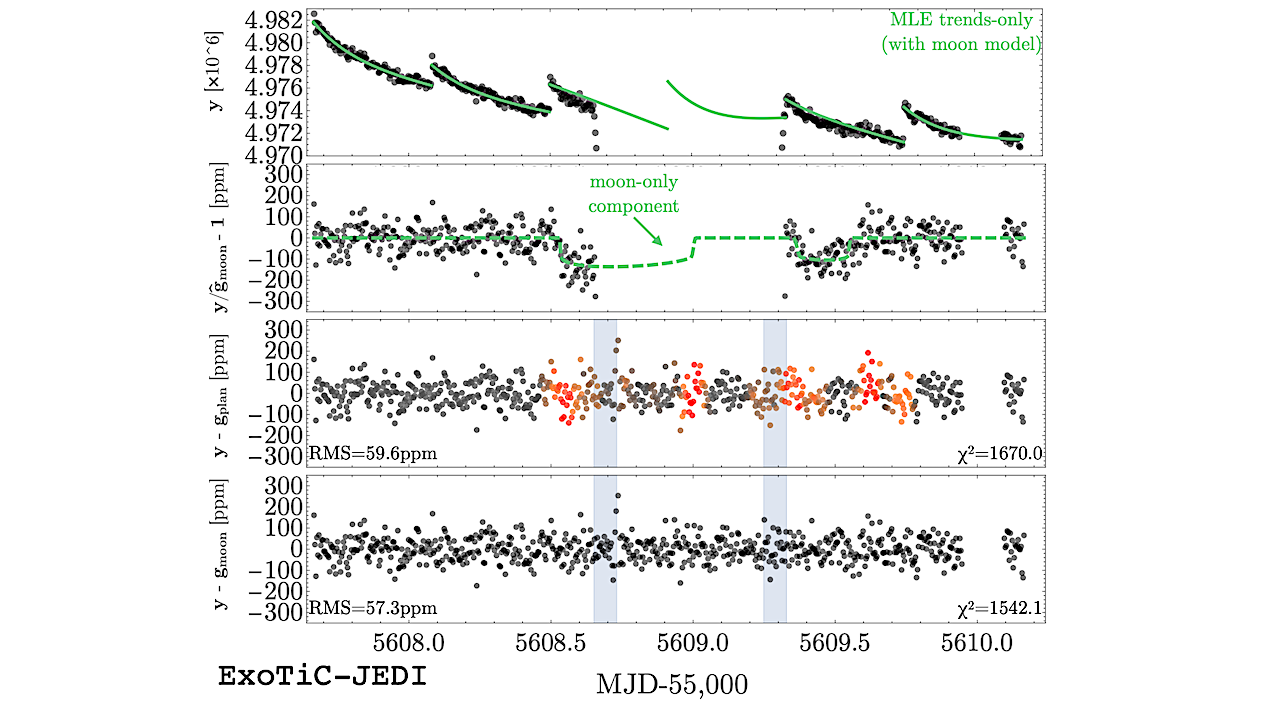Unveiling Exomoons with the James Webb Space Telescope
Astronomers have taken a giant leap in the search for exomoons, this time focusing on the Jupiter-like exoplanet Kepler-167e. Using the powerful NIRSpec instrument aboard the James Webb Space Telescope (JWST), scientists observed a transit event to hunt for hints of moons orbiting this distant gas giant.

The search for exomoons is a major milestone in planetary science, and JWST’s advanced technology is making it possible to detect even the faintest signals. By monitoring the subtle dips in starlight as Kepler-167e passes in front of its host star, researchers can spot the gravitational tugs or light curves that might betray the presence of a moon.
What Does This Mean for Space Exploration?
If exomoons are found, they could open new doors in our understanding of planetary systems and the potential for life elsewhere in the universe. Imagine—somewhere light years away, a moon could be orbiting a distant planet, just like our own Jupiter and its moons. The universe is full of surprises, and with JWST, we’re finally peeking behind the cosmic curtain. Who knows, maybe one day we’ll have to update our space travel bucket list from “visit Mars” to “visit Kepler-167e’s moon.”
Sources:
Source